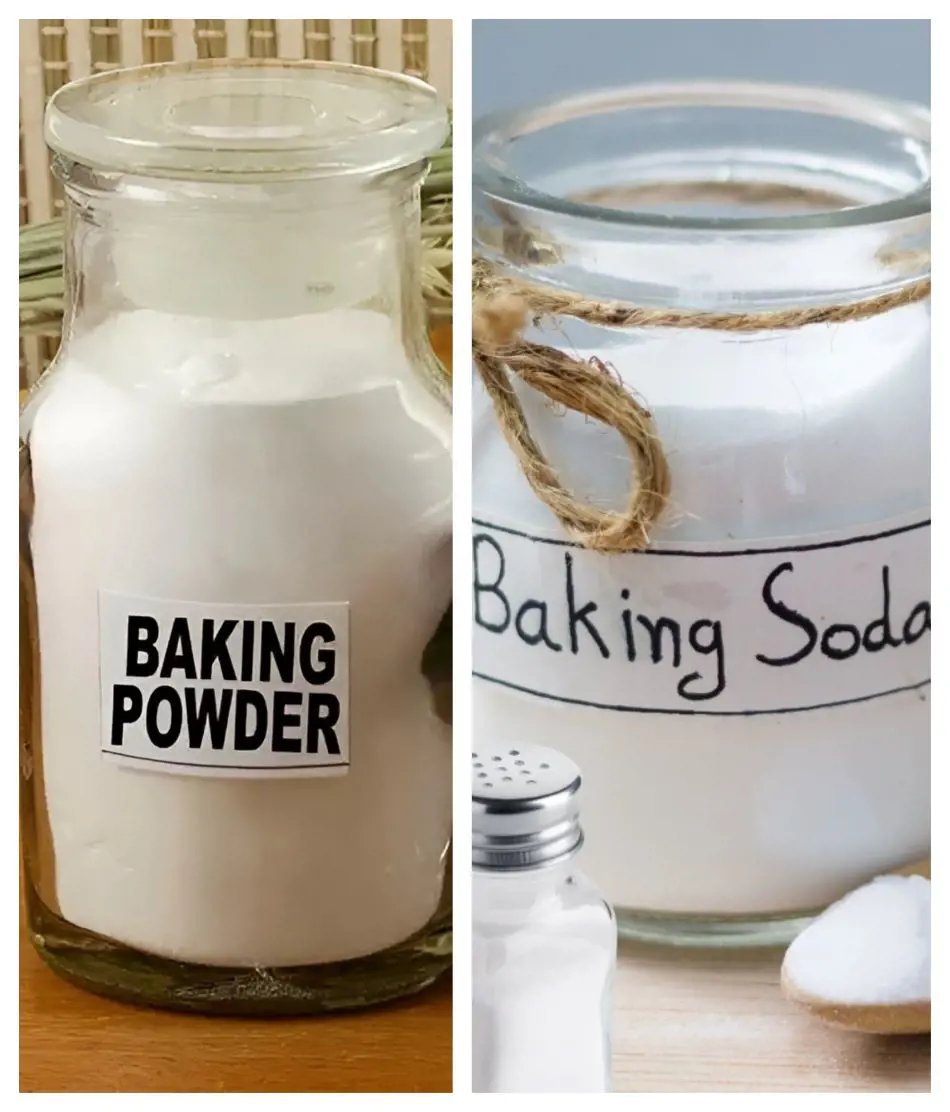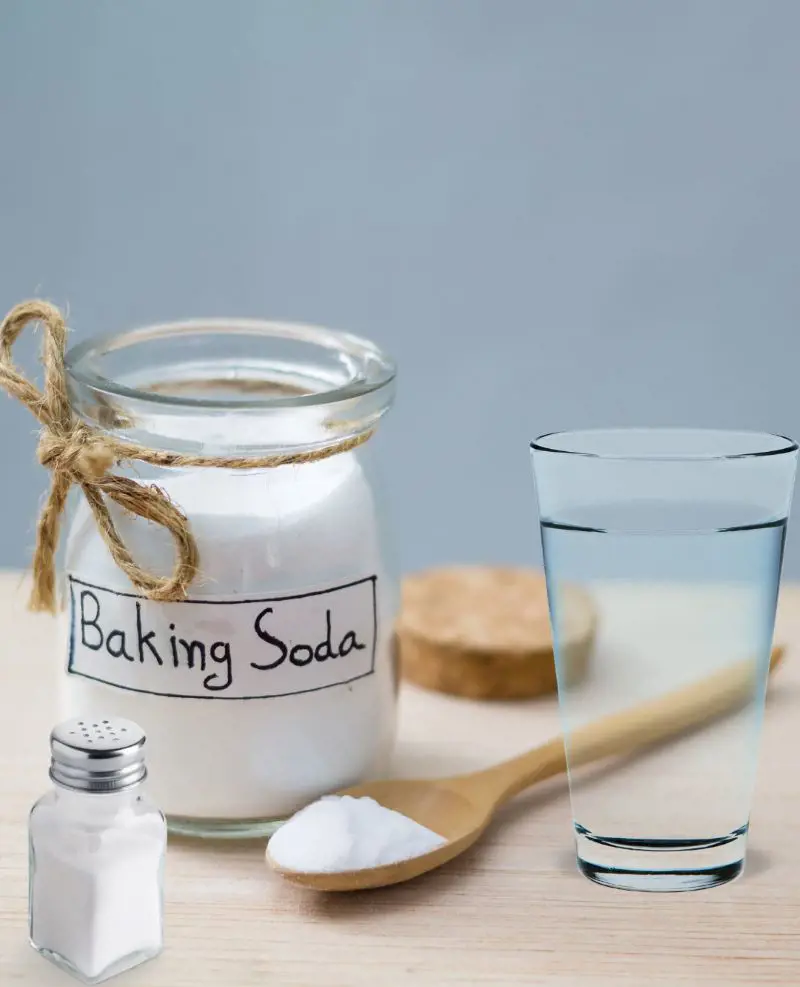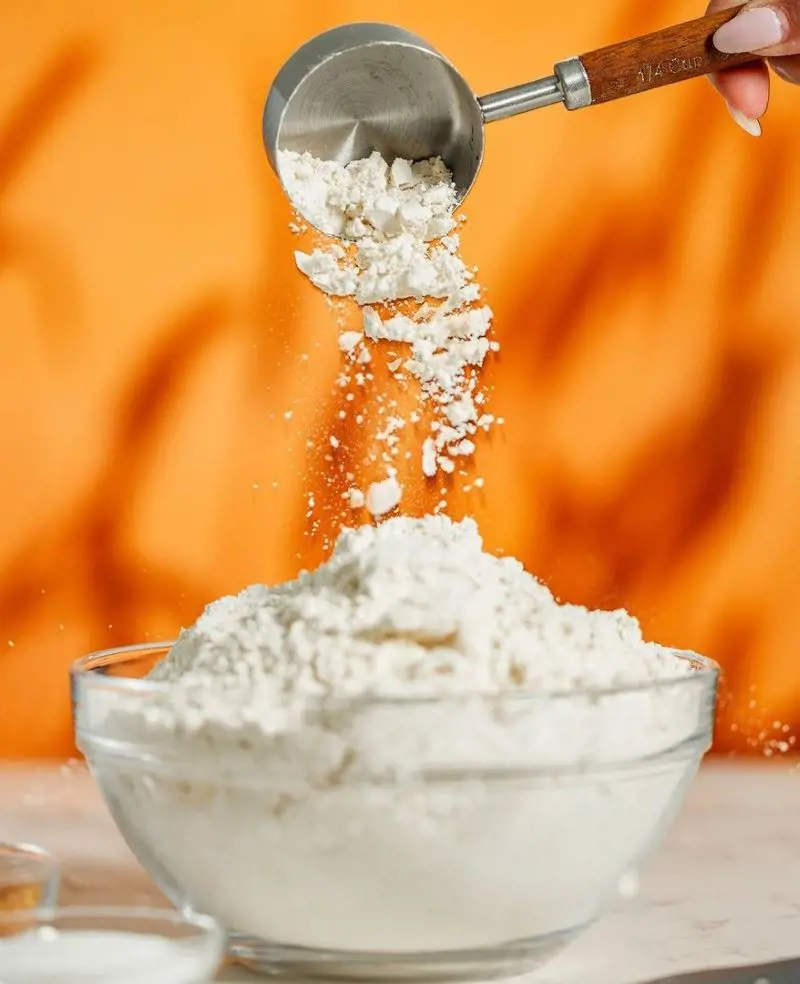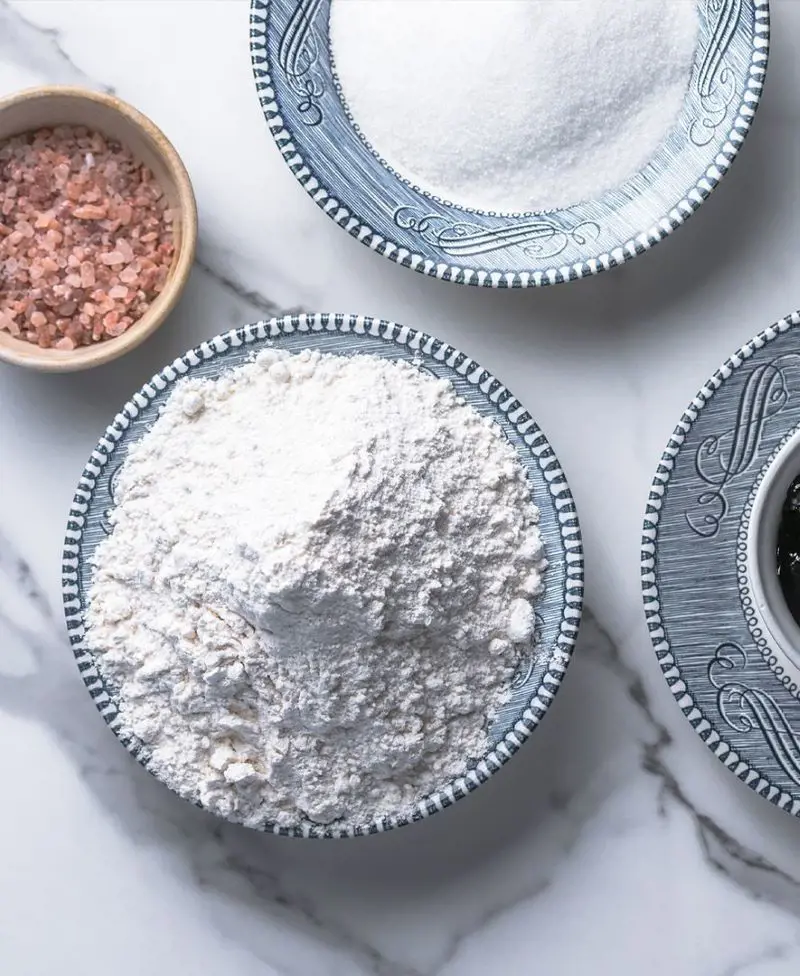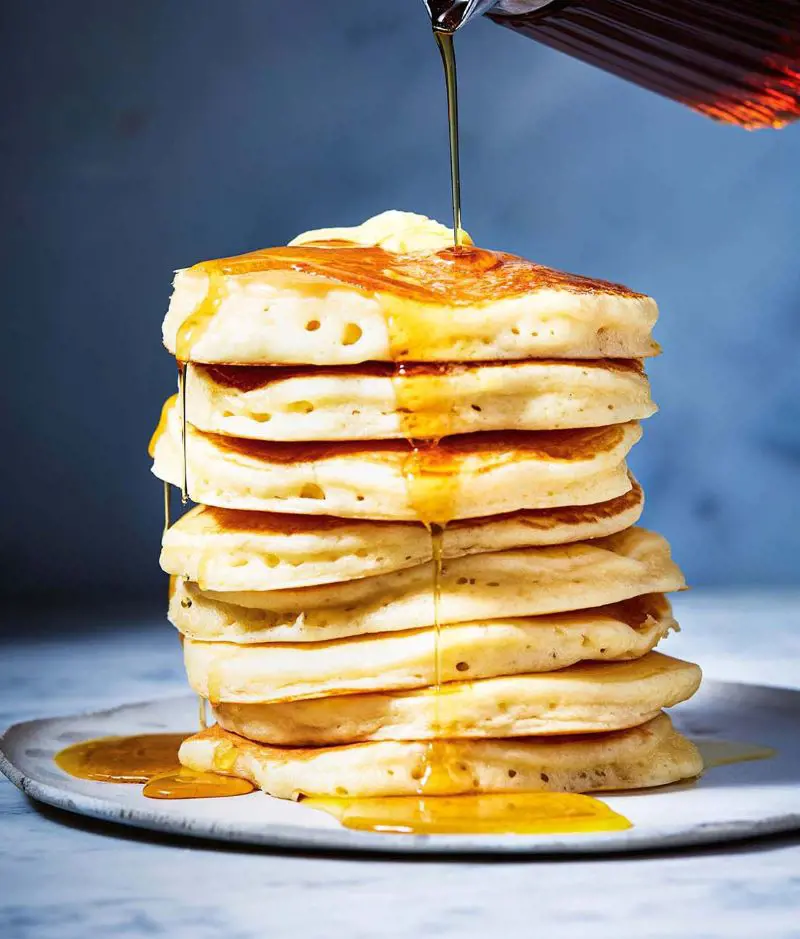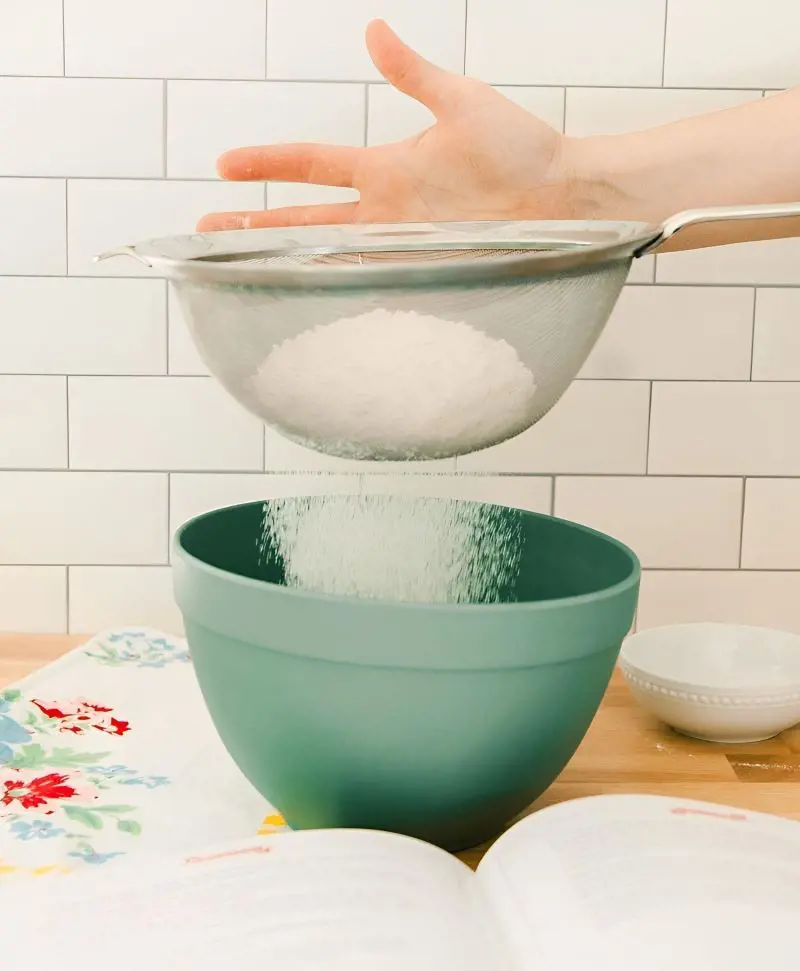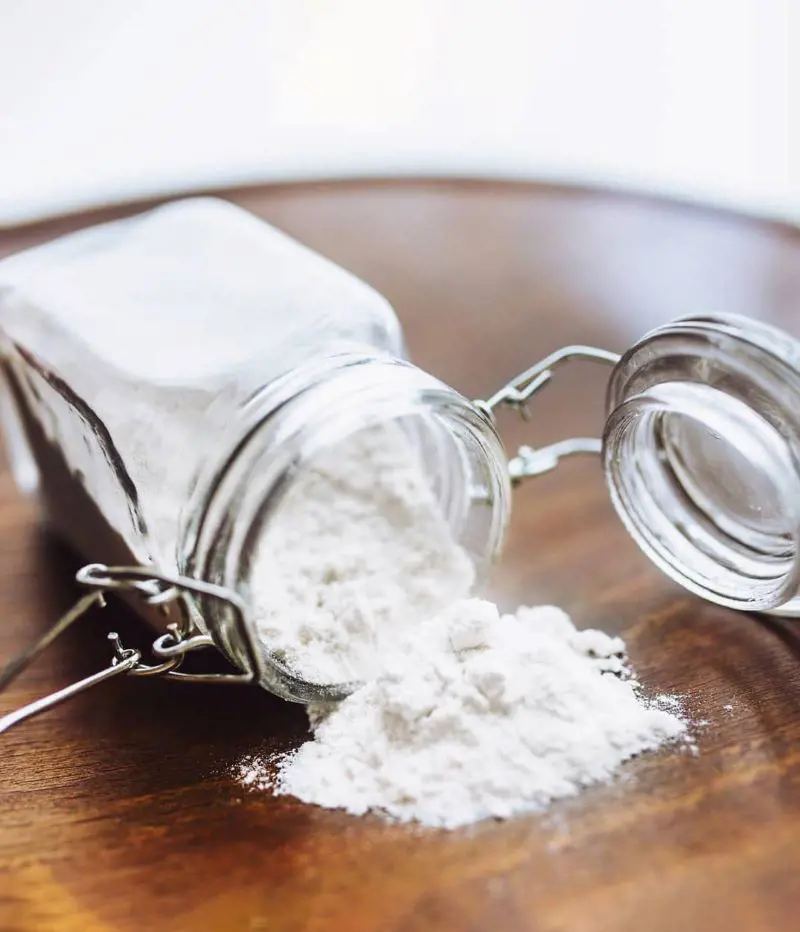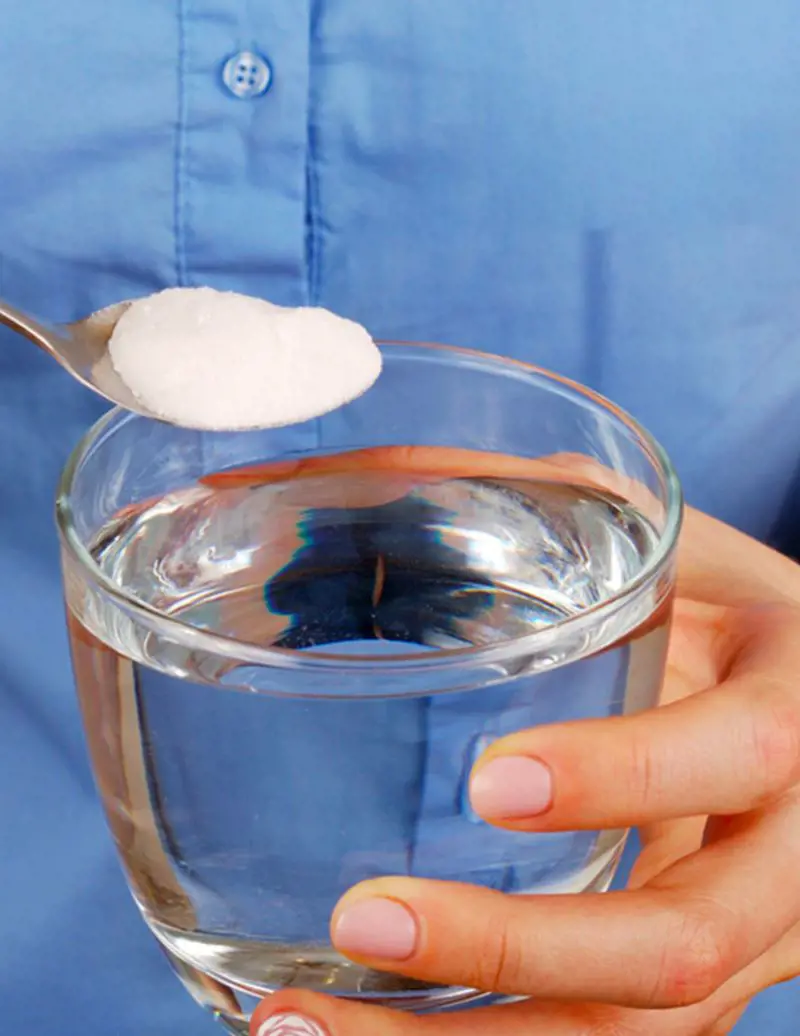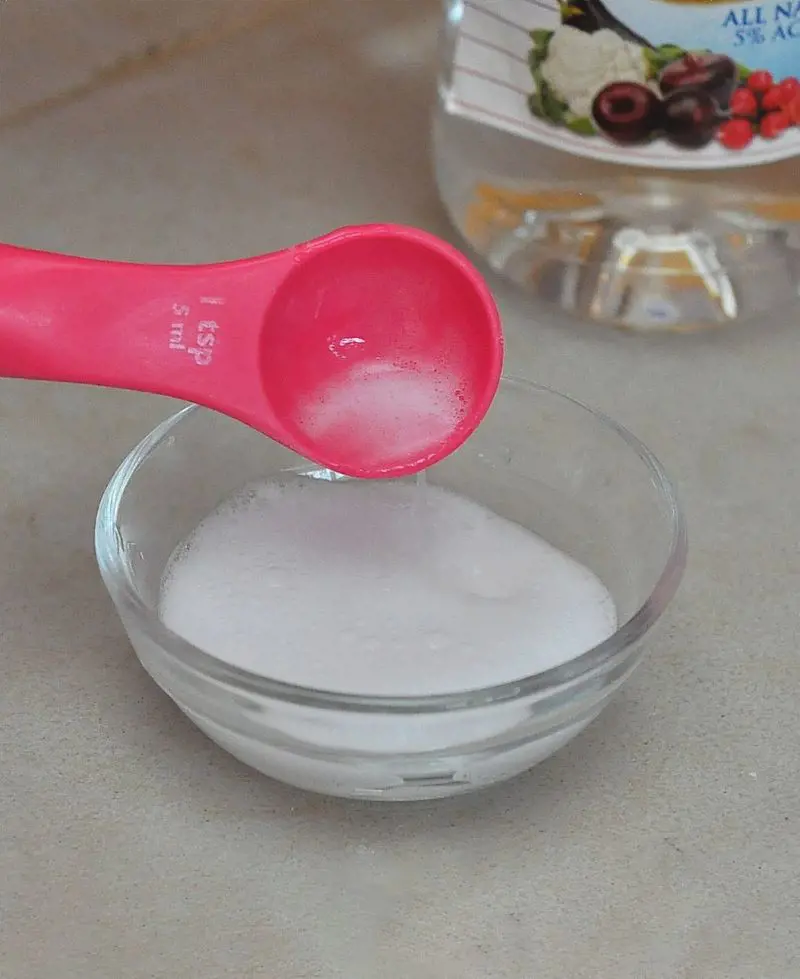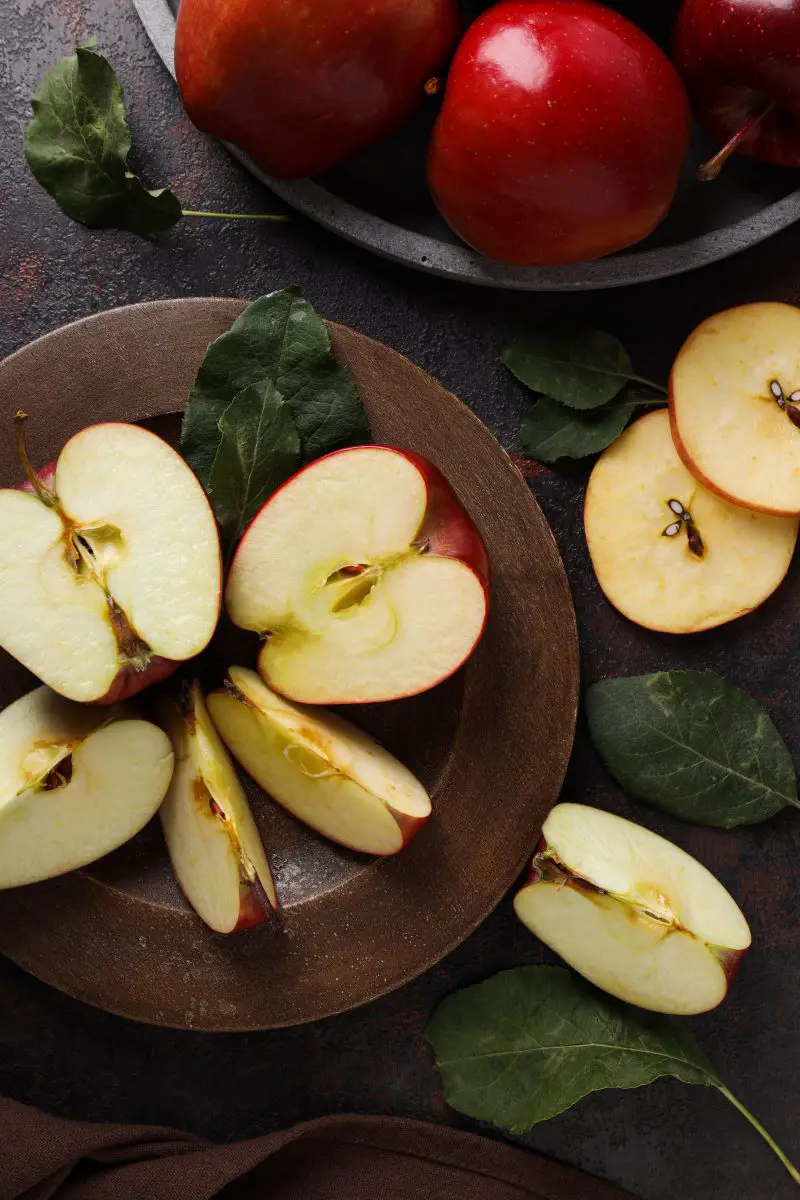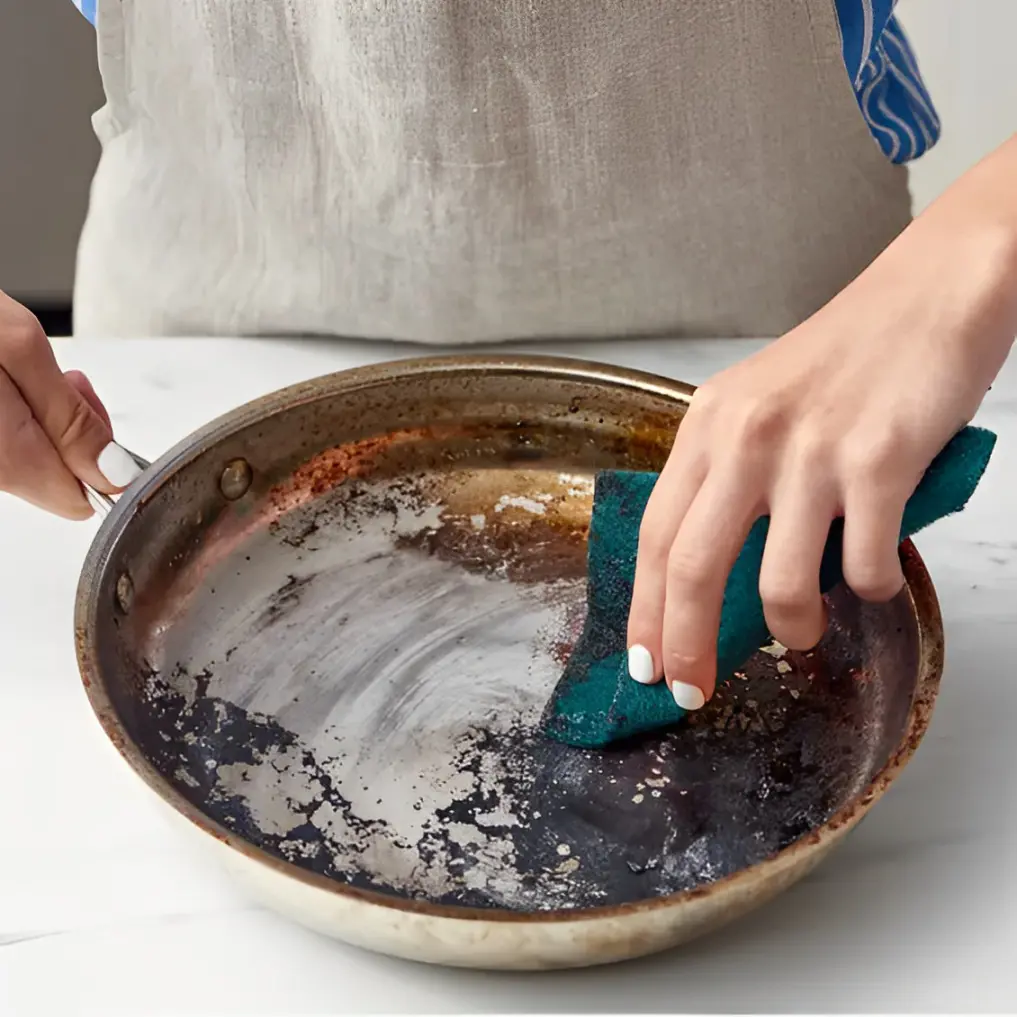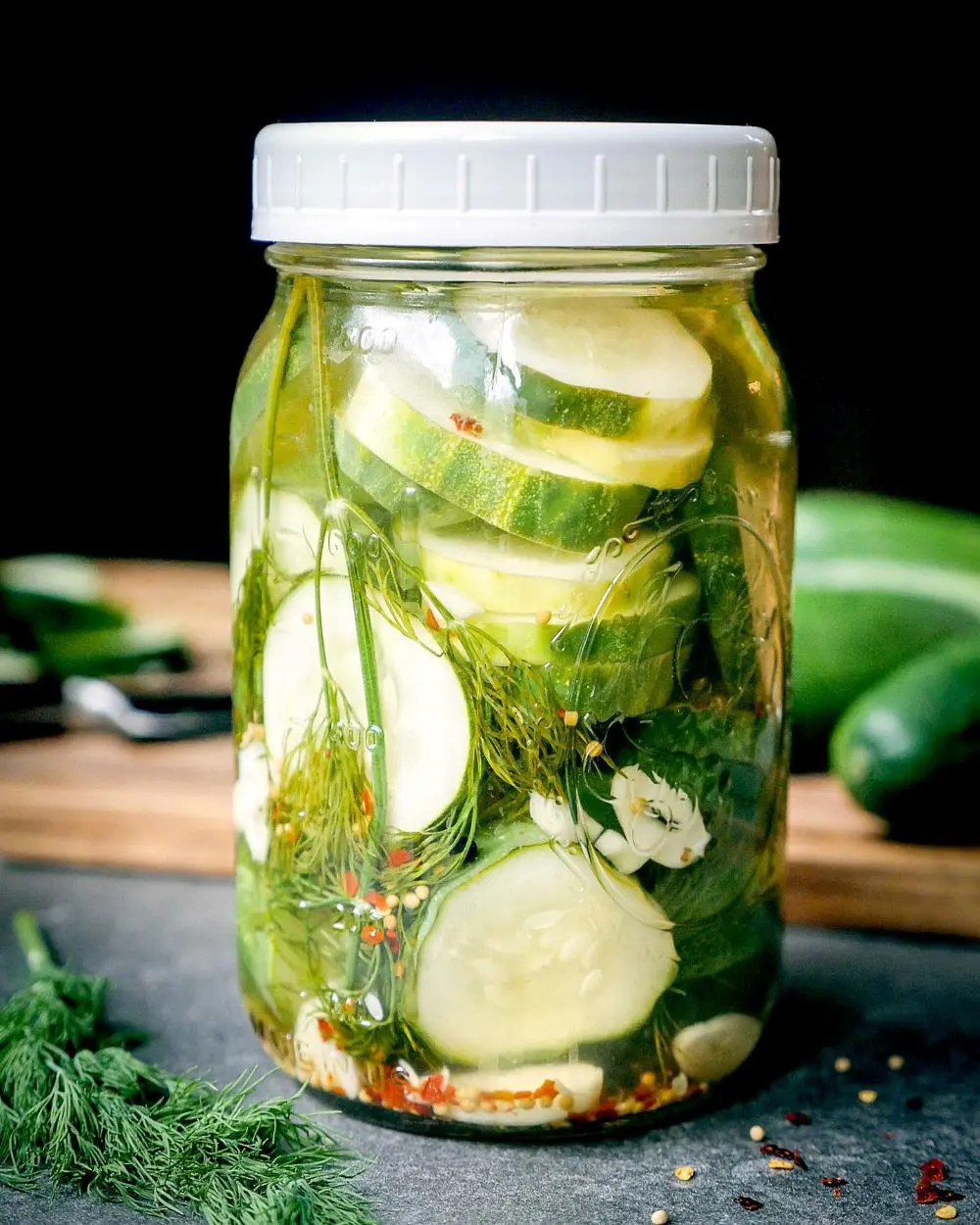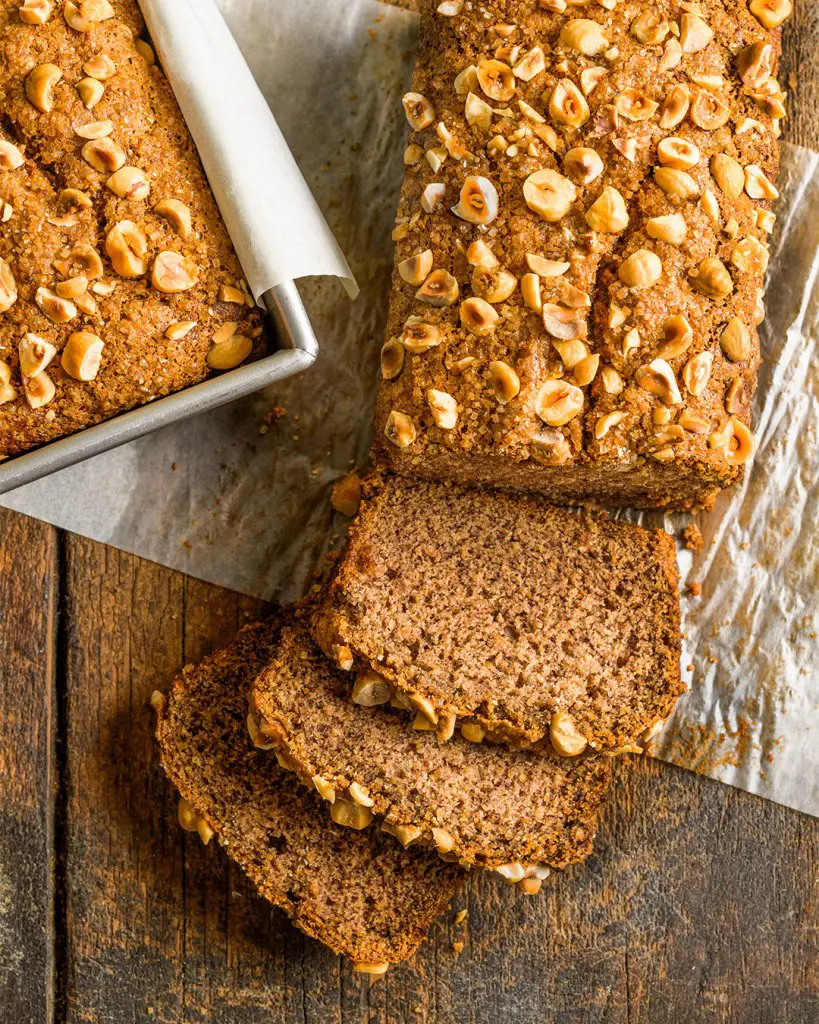What Is Baking Powder?
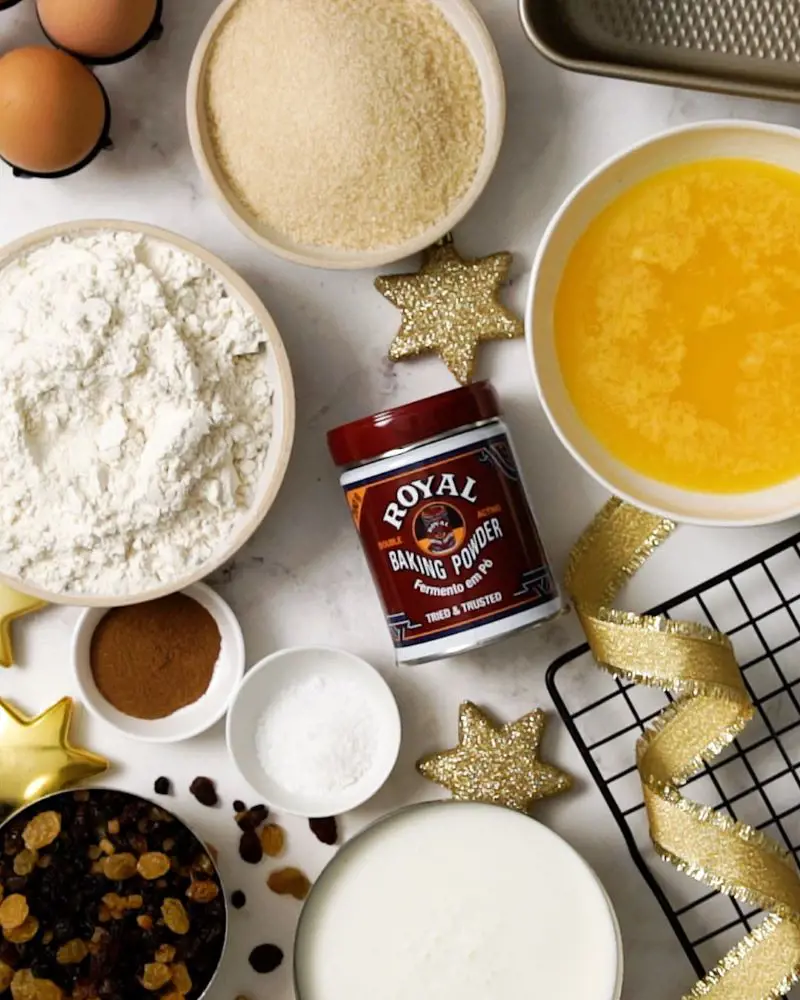
Baking powder is a leavening agent commonly used in cooking and baking to promote the rise of dough or batter. It typically consists of a combination of an acid (such as cream of tartar) and a base (usually baking soda), along with a starch to prevent clumping.
When combined with liquid and exposed to heat, baking powder triggers a chemical reaction, releasing carbon dioxide gas. This gas formation results in the expansion of the mixture, yielding a desirable light and airy texture in various baked goods, including cakes, muffins, and pancakes.
